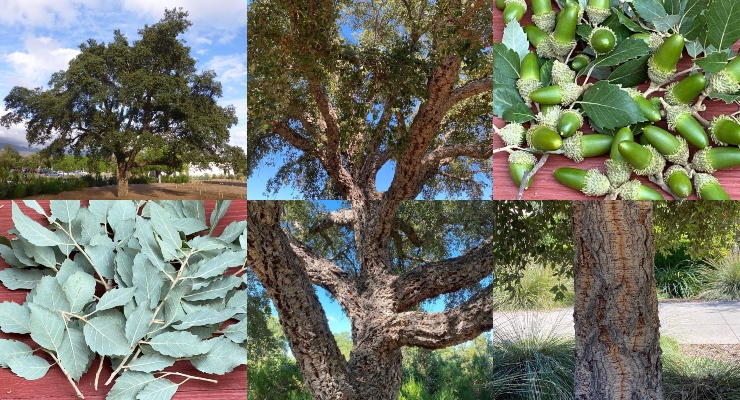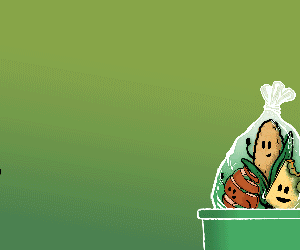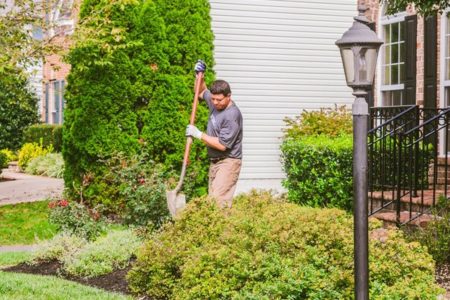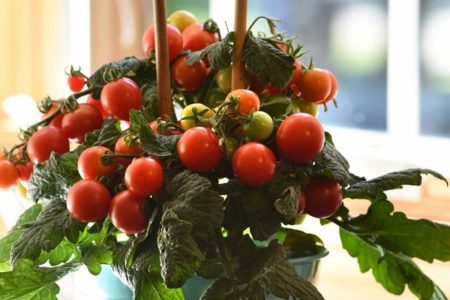
Each month, Pasadena Beautiful Tree Program Chair Emina Darakjy presents a ‘tree of the month’ in order to educate Pasadenans about the trees around them. Many people drive by trees they admire, but have no idea what they are called, or what their growing habits are. Pasadena Beautiful was founded in 1960 by a group of volunteers who saw a need to beautify their city and enhance its tree canopy.
The cork oak is a member of the Fagaceae family and is native to Southern Europe and Northwestern Africa.The botanical name “Quercus suber” is derived from the Latin words: “Quercus” for oak tree and “suber” for cork.
This is a medium-sized evergreen tree that can reach a height of 40 to 50 feet with a spreading canopy up to 60 feet wide. It can live for more than 200 years.
Its unusual looking trunk—the main characteristic feature of this tree— has a light grayish-brown thick layer of spongy bark with vertical fissures that are white on the outside and reddish-brown on the inside.
In some countries like Spain, Portugal and Morocco where very large forests of cork oak exist, this tree is grown for the sole purpose of producing, harvesting and commercially selling cork, a natural product used to make wine bottle stoppers as well as all types of flooring, insulation, and household articles.
Cork harvesting begins when the tree is about 20 years old and continues in intervals of 9 to 10 years. This is done by making a cut to the layer of bark that covers the trunk and stripping it away. This does not kill the tree or cause any damage to it. After the stripping is done, the trunk looks smooth and reddish brown, then turns darker and starts growing another layer of bark. This process continues for more than 100 years.
The leaves are alternate, ovate, serrated, and glossy dark green on the top. Also, the leaves are very pale gray with distinct hairy veins underneath.
The acorns of the cork oak are oblong with beautiful cream-colored frilly caps that cover as much as one third of the acorns.
Once established, the cork oak is considered drought-tolerant, but can benefit from occasional deep watering. It does well in most types of soil with good drainage and prefers full sun but can tolerate some shade.
Cork oak in California is grown as an ornamental tree, and requires a larger parkway/cutout of 7-feet. It can be planted as a street tree, in a park or in one’s garden with ample space. Damage to the sidewalks from its roots is minimal.
Pest to worry about are root diseases, California oak worm and the polyphagous shot hole borer (PSHB).
When using mulch, make sure to keep it away from the tree trunk and redirect your sprinkler heads away from the trunk. Using drip irrigation is the preferred solution to watering trees.
Lastly, never put decorative arroyo boulders or stones underneath the tree as this tends to cause compaction to the soil and keep it very moist which is not a good thing for any tree and especially not the oak species.
On a side note, I was fortunate to grow up near one of the largest cork oak forests in the world called the Mamora Forest, outside of Rabat, the Capital of Morocco. I have very fond memories of piling up in the family car every Sunday to go for a picnic underneath these remarkable trees and surrounded by carpets of beautiful flowers.
Emina Darakjy is a past president of Pasadena Beautiful and its present Tree Program Chair. Darakjy says she has always had a passion for trees and that she is involved with several other tree organizations such as California Re-Leaf, the Arbor Day Foundation and American Forests. She is a past president of Street Tree Seminar Inc. and the present president of the California Urban Forests Council.











